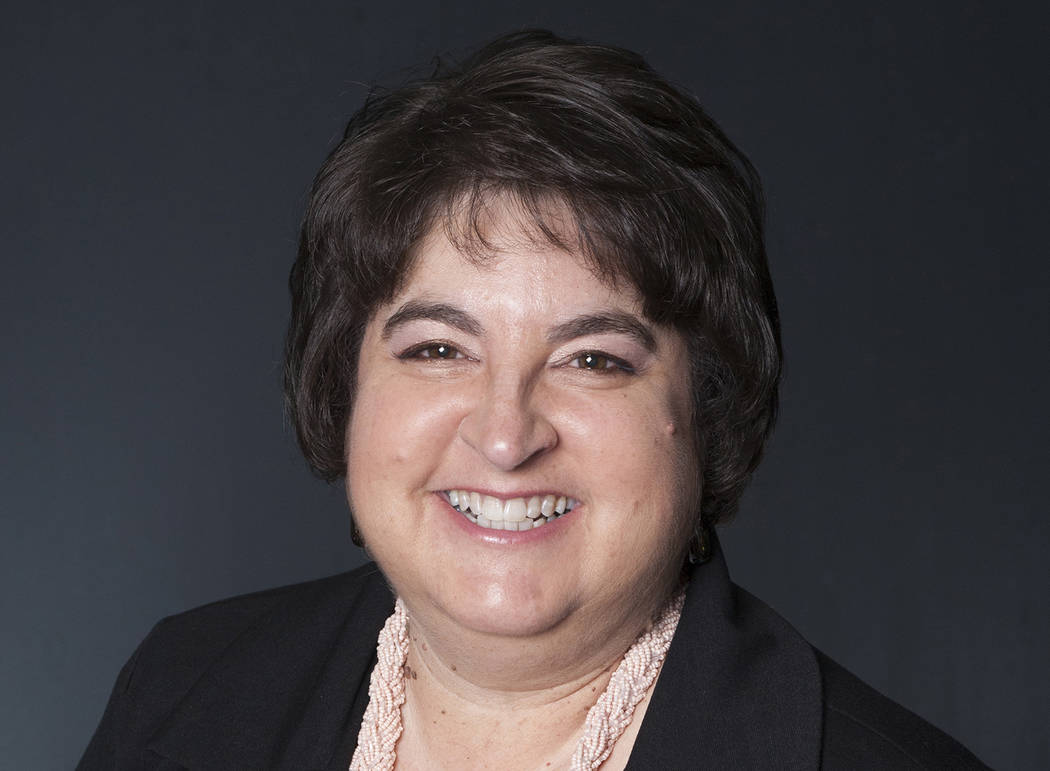
Unless you are a parent of school-age children, you may not realize that Monday is a red-letter day on the calendar.
It’s the day children return to school.
For parents and children alike, it’s a day filled with mixed emotions.
There’s plenty of excitement at the prospect of what’s to come, especially for those beginning their formal education, transitioning to a new campus or starting their final year of high school.
For the children, it’s a time to meet new friends and learn new things.
For parents, it marks the end of summer. Kids will have plenty to keep them busy, meaning there’s less time for them to complain about being bored or get into mischief. But it also means there’s less time to spend together as a family enjoying outings or vacations.
It also means the return of hectic schedules as parents and children juggle school, homework, extracurricular activities, work and family life. It’s not easy.
If the start of the new school year seems a little earlier than you expected, you are right. Last year, the district moved the beginning of the school year up two weeks so students could complete testing before winter break.
As an adult, I can appreciate district officials wanting that continuity, but I recall how much I appreciated the extra time during the holiday break to study or work on projects when I was a student.
For those who don’t have children in school, the day is practically no different from any other Monday — with a major exception. Streets will be filled with adults and children trying to get to class on time. School zones will be a hub of activity.
Living near a school, I see a definite difference in traffic and the number of people walking on the sidewalks between days when there are classes and days when there are no classes.
Drivers need to be extra-careful between 7 and 9 a.m. and 2 and 3 p.m., when students begin arriving and leaving campuses. School-age children don’t always pay as close attention to traffic as they should, whether they are on foot or on a bicycle, skateboard or scooter.
Police Chief Tim Shea warns that most accidents happen within a couple of miles of home, partially because “drivers get so accustomed to driving roads in their neighborhoods that sometimes they get a little careless.”
He recommends that drivers stay focused during those hours when students are present.
“We will have extra eyes on the road over the next few weeks watching for safety issues and speeders. Take your time and use caution,” he said.
The chief also suggests that parents who drive their children to school give themselves enough time, maybe an extra 10 minutes.
“Don’t speed in an effort to get the children there on time,” he said.
Those few minutes at home are not worth the risk of getting a ticket or being involved in an accident. Be aware of the speed limits in school zones.
The start of each new school year brings some lessons we could all brush up on, even if we don’t have to go to class.
Hali Bernstein Saylor is editor of the Boulder City Review. She can be reached at hsaylor@bouldercityreview.com or at 702-586-9523. Follow @HalisComment on Twitter.